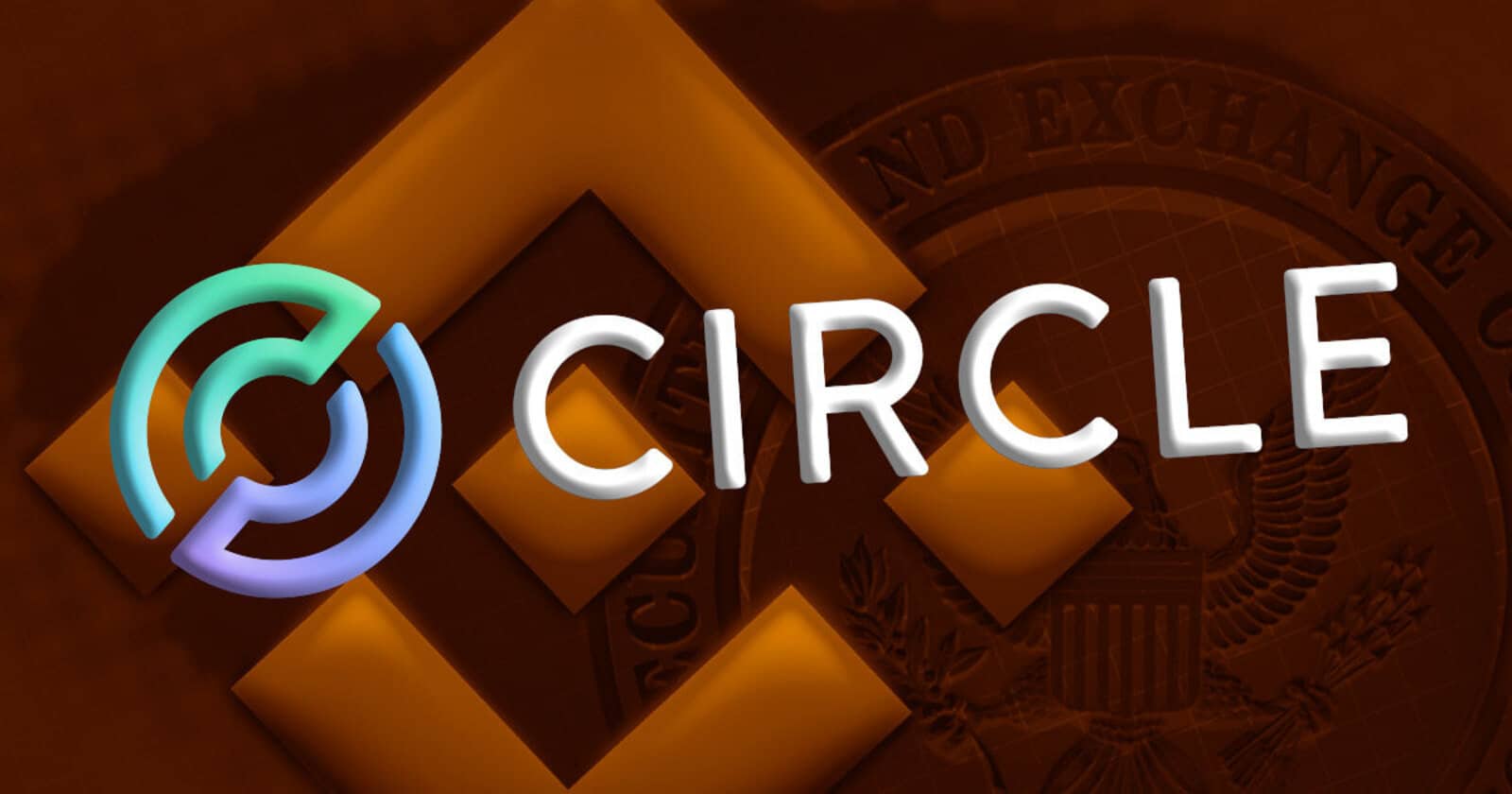USDC issuer Circle has embarked on a bold move by stepping into the legal battle between the U.S. Securities and Exchange Commission [SEC] and Binance, the global cryptocurrency exchange led by CEO Changpeng Zhao. The US securities watchdog filed a lawsuit against the CZ-led platform in June, alleging violations of local securities laws, particularly focusing on unregistered securities sold by Binance’s affiliate, BAM Trading, including BNB and stablecoin BUSD.
Circle’s defense, presented in a filing in the late hours of September 28, contended that stablecoins designed for payments lack the attributes of an investment contract, thereby falling outside the SEC’s jurisdiction. They argued that users of these asset classes don’t anticipate profits from holding them. This development comes just over a month after Dante Disparte, Chief Strategy Officer of the firm, highlighted how U.S. bank failures had pushed investors towards “unsafe, opaque” cryptocurrencies overseas.
In a strategic move, Circle is set to roll out its dollar-pegged stablecoin USDC on the Polygon Proof-of-Stake [PoS] chain on October 10. This native implementation of USDC on Polygon is set to offer direct institutional on and off-ramp services, eliminating the need for bridging stablecoins with other networks like Ethereum.
Circle Unveil USDC Expansion On Polygon’s PoS Chain
According to the official announcement, USDC bridged from Ethereum will be rebranded as USDC.e within the Polygon ecosystem post-launch. To facilitate this transition, Circle will suspend its account and API support for bridged USDC on Polygon, cautioning users against sending bridged USDC.e to Circle Accounts after November 10, as it could lead to loss of funds. Moreover, the firm has urged its customers to adjust their API integration to seamlessly work with native USDC.

This expansion initiative aligns with Circle’s previous announcement in August, where they revealed the Cross-Chain Transfer Protocol [CCTP], designed to enhance USDC’s interoperability across various chains. This protocol will be deployed on the Polygon PoS, enabling USDC to move natively from Ethereum and other supported chains within minutes, enhancing efficiency and accessibility for users.
Circle’s move not only showcases their confidence in USDC’s utility but also challenges the regulatory boundaries around stablecoins, positioning them as a crucial component of the evolving financial landscape. As they bridge the gap between cryptocurrencies and mainstream finance, Circle’s strategic decisions continue to shape the industry’s trajectory, offering both innovation and regulatory insight.

